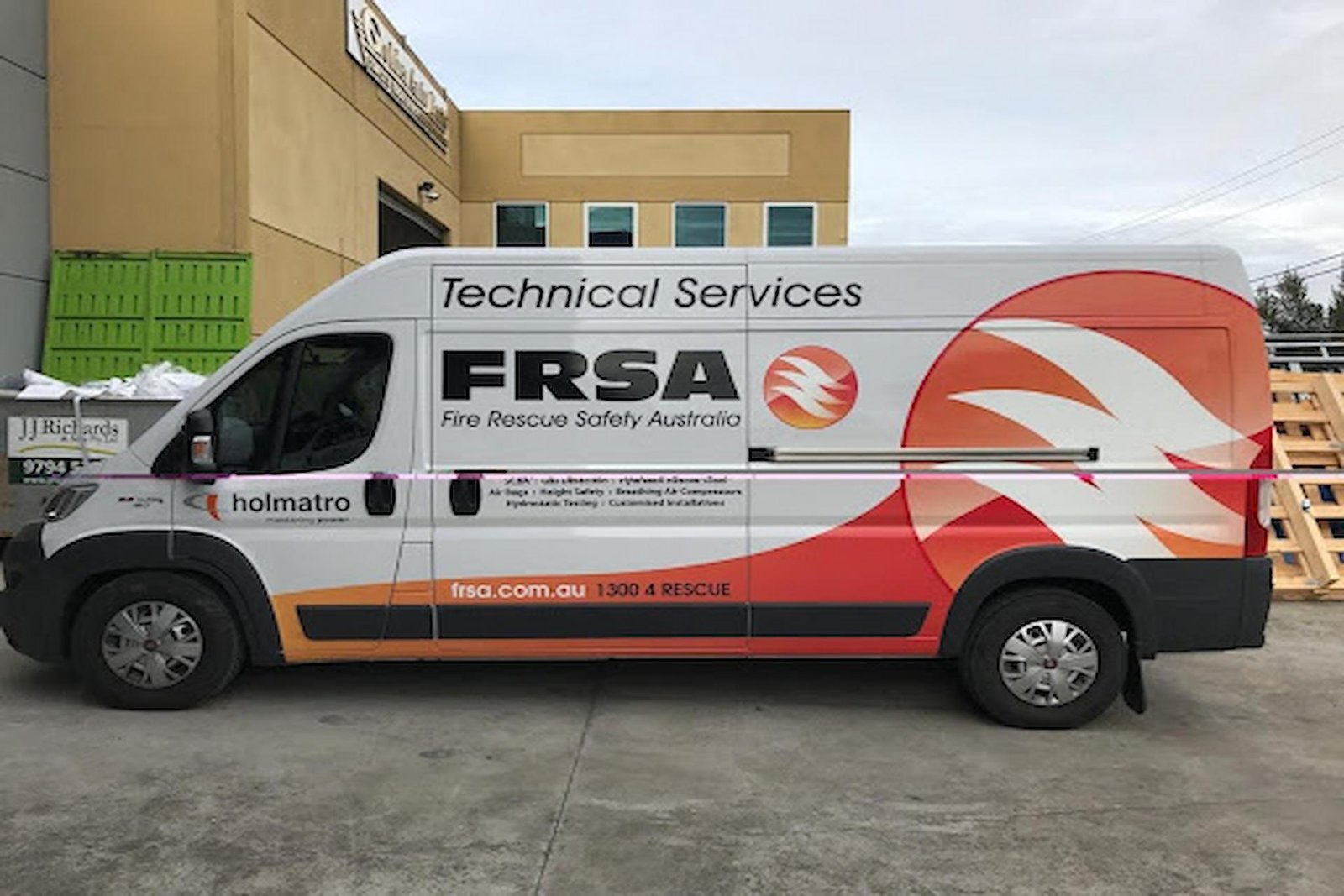
There comes a time when we all are confronted by peculiar symbols lighting up our vehicle dashboards – mystifying hieroglyphics that would put ancient Egypt to shame. Unless you’re a car fanatic, these signs can be absolutely baffling. So, what do they mean? Are they warning signs of impending doom or just reminders of maintenance schedules? Over the course of this enlightening read, we’ll delve into the significance of these ubiquitous pictographs.
Whoever said you don’t need a translator for your vehicle wasn’t entirely accurate. So, why not equip yourself with some automotive literacy? After all, the more you understand, the better prepared you’ll be on the road. This in-depth analysis of vehicle signs will shed light on the symbols that adorn cars across the globe, helping you understand your car better and driving more confidently.
Come along on this pictorial voyage as we delve into the diverse world of vehicle pictographs. We’ll also discuss why they’re designed the way they are, who makes these design decisions and when they change, with insights into how they help improve vehicle safety and efficiency.
The Wonder of Pictorial Semiotics: What Vehicle Signs Mean
Ever wondered what those persistent red icons are all about? Just like your body communicates through symptoms and signs, your car has its own communication language through diverse yet precise symbols. From alarming warnings to maintenance reminders, each symbol has a critical message that makes the difference between a smooth ride and a road mishap.
The significance goes deep; your vehicle’s symbols aren’t random designs by bored artists. They’re developed by design scientists and safety experts to form a universal language of automobile. Every detail, colour and form is chosen with a distinct purpose, converging to form an intuitive and compelling mode of vehicle communication.
Now, let’s brush up on our car language skills. From the fuel tank warning to the heated seat indicator, we’ll decode some of the most frequent and useful symbols that light up our vehicle dashboards globally.
The Artful Design Behind Vehicle Signs: Who’s Responsible?
Vehicle signs, while highly practical, are also an intricate form of art and design. Designers, manufacturers, and psychology experts all collaborate to create symbols that both inform the driver and enhance the driving experience.
Brands like BMW, Ford, Toyota, and many others have specific departments that focus solely on improving this visible language. Over the years, these symbols have evolved to become more intuitive – making driving an experience rather than a duty.
The final product is a visually engaging yet functional design element: a testament to the power of design in facilitating safety and efficiency.
The Evolution of Vehicle Signs: When and Why Do They Change?
Like any language, vehicle sign language isn’t stagnant; it evolves with time and technology. Over the years, we’ve witnessed the inclusion of dozens of new symbols corresponding to technological advancements. Only a decade ago, no car dashboard boasted a sign for lane departure warning or adaptive cruise control.
These changes are driven mainly by consumers’ needs and technological trends. Vehicle symbols work as a bridge between advanced mechanics and drivers, making sure the technical details aren’t lost in translation.
Whether it’s the advent of hybrid cars or the proliferation of integrated GPS systems, each advancement brings with it new signs – fresh additions to our ever-growing automotive vocabulary.
Understanding Vehicle Signs: The Pros and Cons
Just like any language, vehicle sign language has its benefits and drawbacks. On one hand, these signs work as a handy tool, alerting drivers about immediate issues or pending maintenance tasks. They level up our road literacy by creating an effective feedback mechanism.
On the downside, not all signs are universal, leading to occasional confusion. A sign that means one thing in a Ford may mean something else in a Honda. Moreover, with the introduction of advanced vehicular technologies, the number of signs on our dashboards can sometimes be overwhelming, causing critical alerts to be overlooked.
Navigating the Future of Vehicle Signs
With the ongoing developments in autonomous and electric vehicles, the landscape of vehicle sign language is bound to change. The addition of new pictographs and elimination of now-redundant symbols will likely follow this transition. Still, one thing will remain the same – the essence of maintaining driver safety and enhancing the car-user interface.
Backed by cutting-edge technologies like AR and AI, we might even witness a shift from static symbols to more animated and interactive displays, capable of providing detailed, real-time feedback. The future of vehicle sign language is not just thrilling; it’s about reshaping our road conversation completely.
Conclusion: Unleashing the Power of Vehicle Signs
The world of vehicle signs is more than just jargon or accessories embellishing our dashboards; it’s a universal language conceived to make our road journey safer, efficient, and informed. Understanding this language doesn’t just make us more knowledgeable road users, but also responsible ones.
While the ever-evolving corpus of signs can be daunting, staying informed about at least the common symbols can save you a number of road hiccups. So, the next time your dashboard lights up with curious symbols, don’t be puzzled; embrace the familiarity and chalk up the occurrence to being a regular conversation with your car. Remember, the better your vehicle literacy, the safer your ride!




